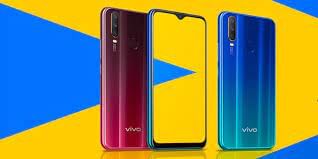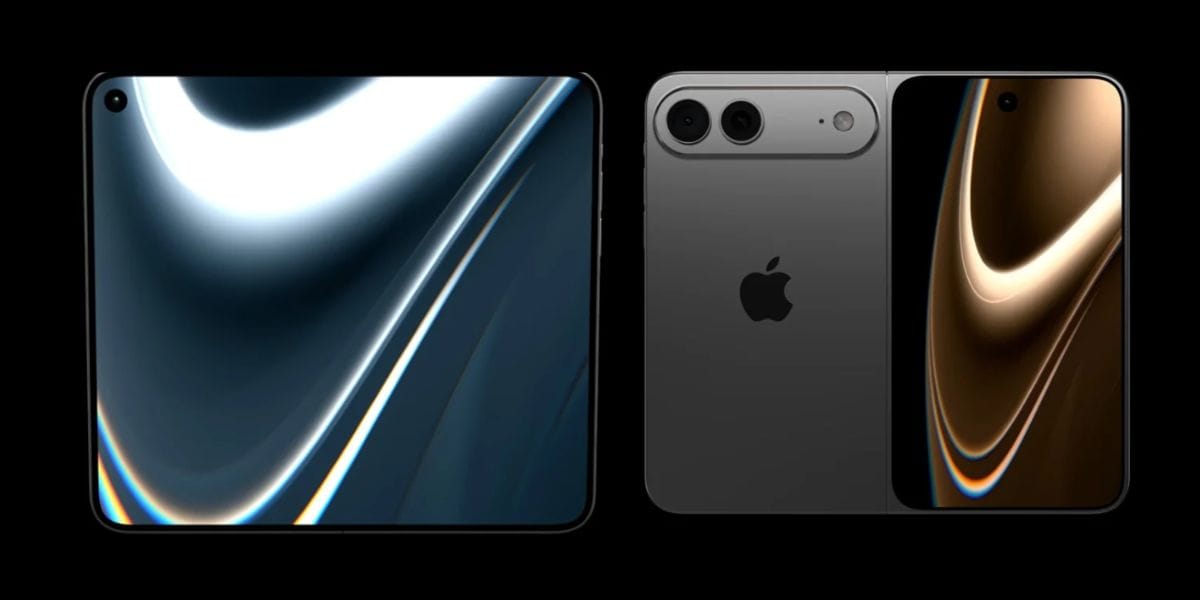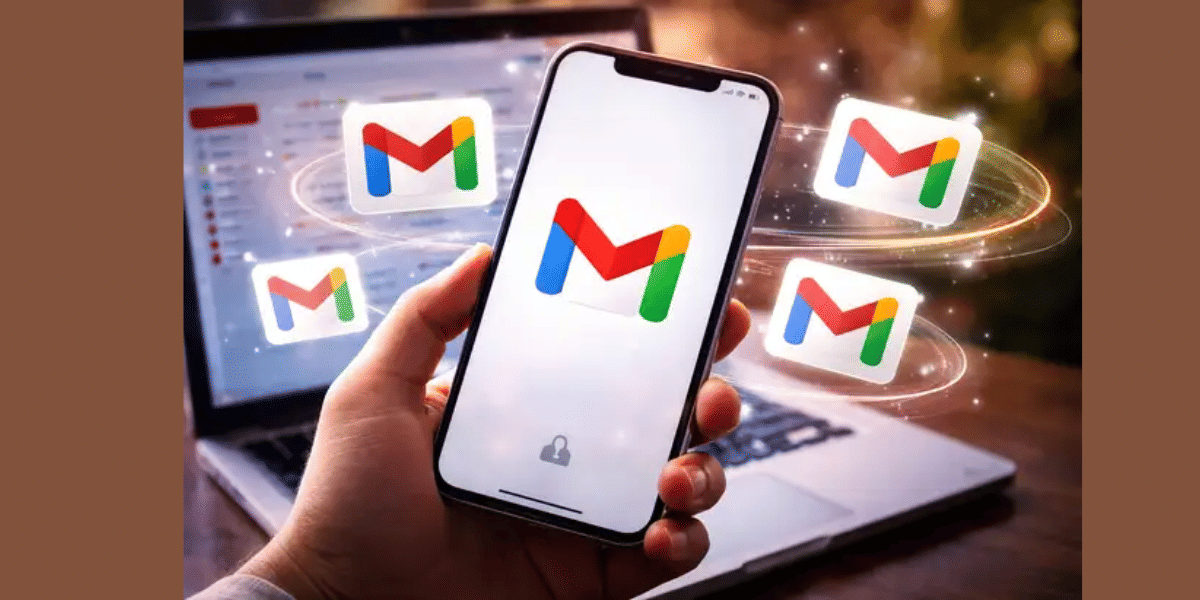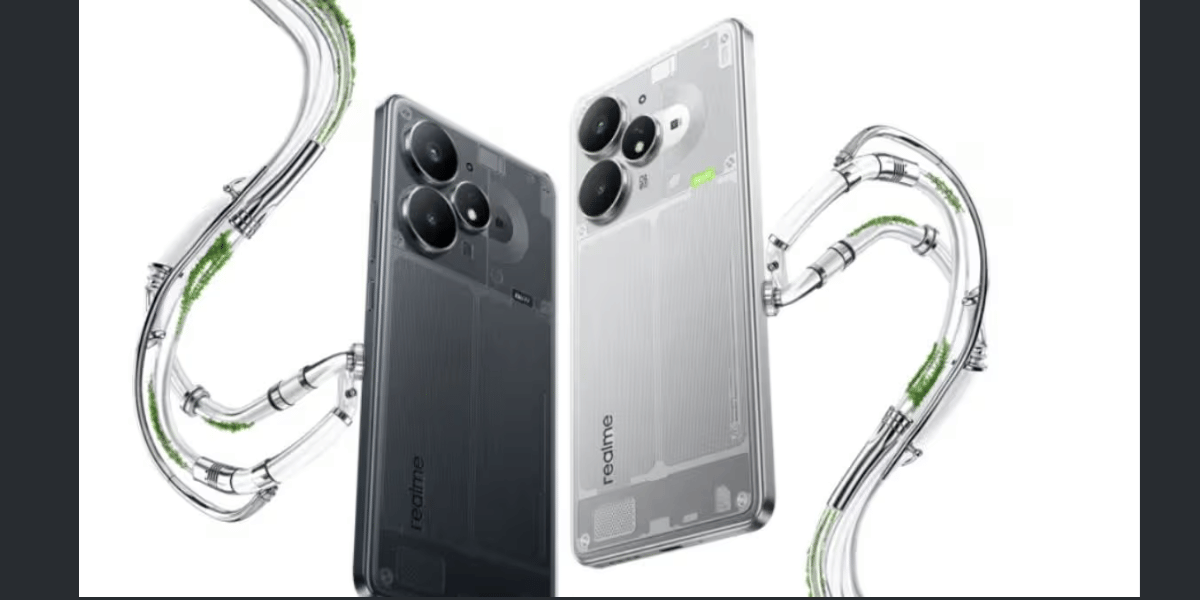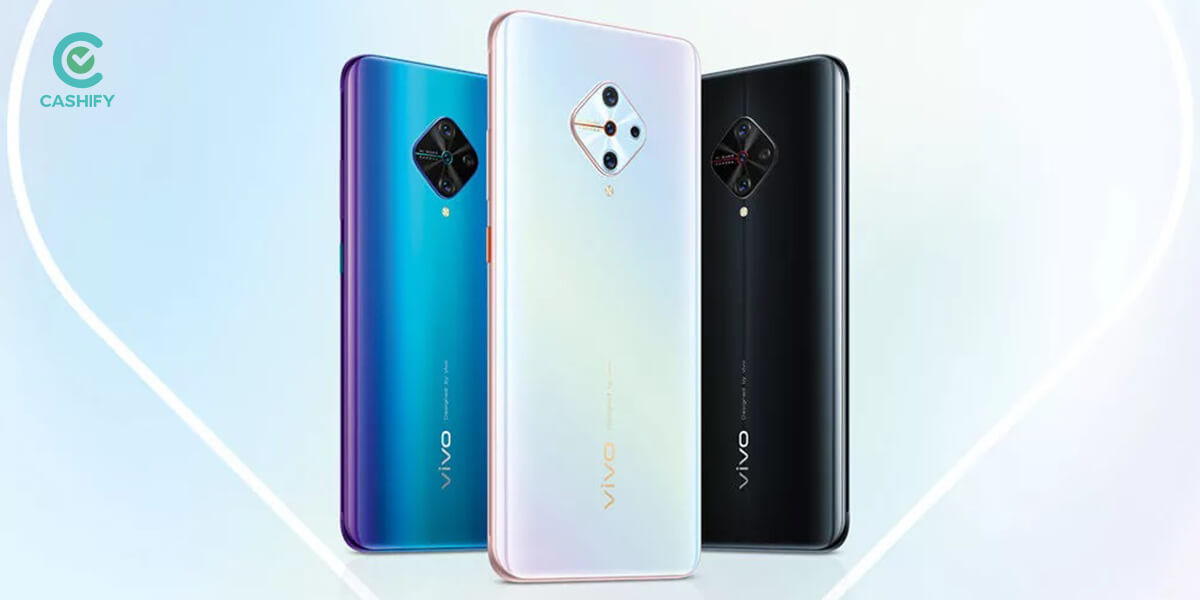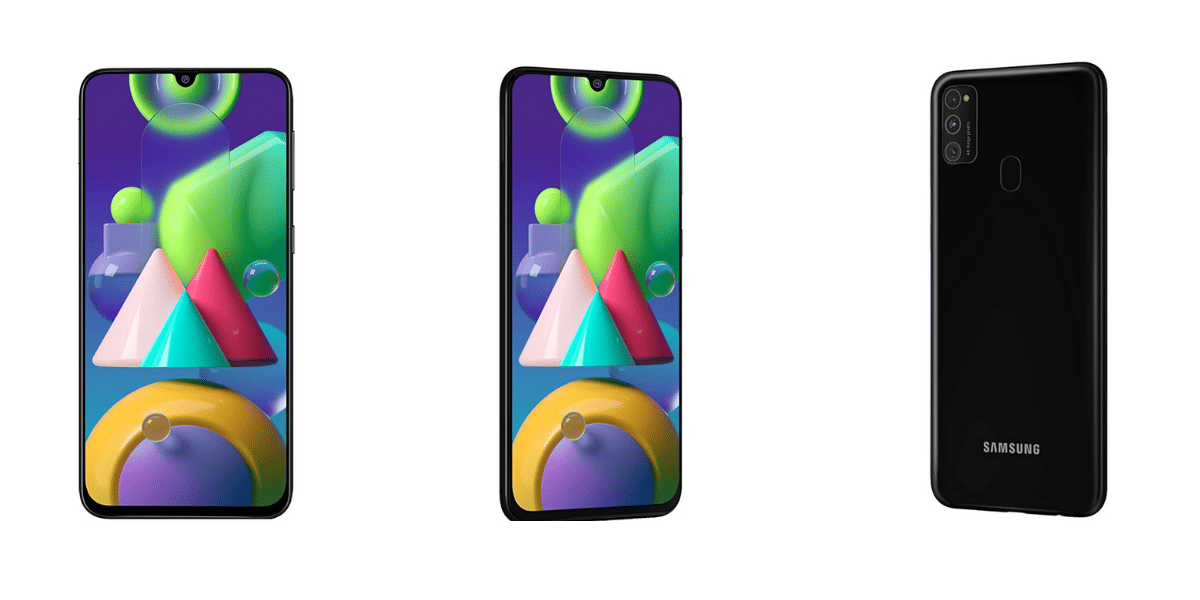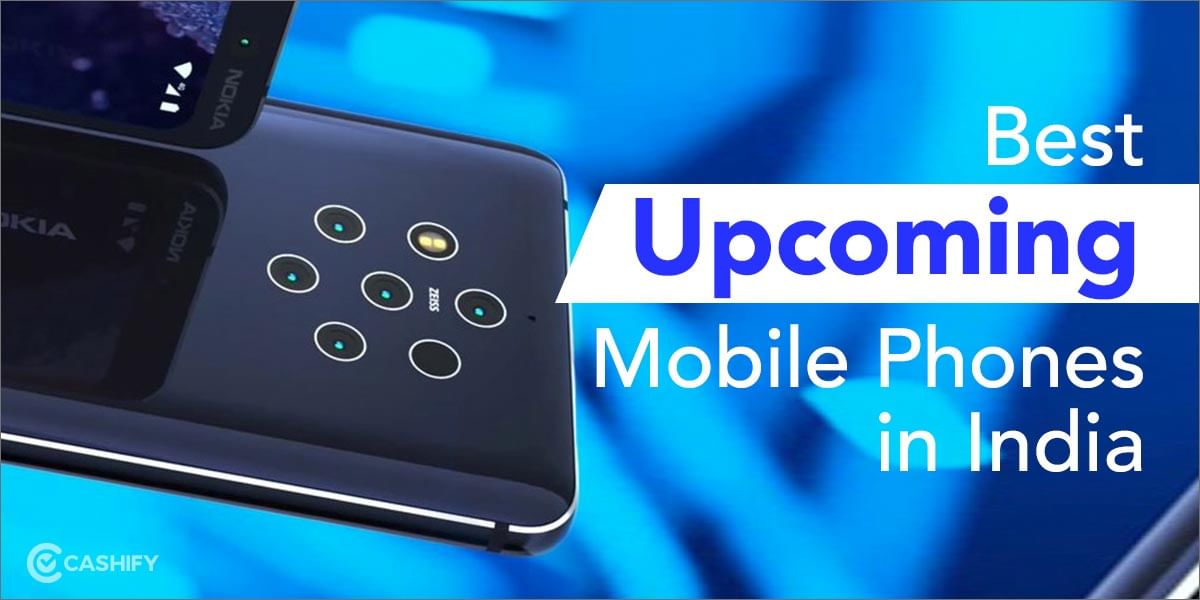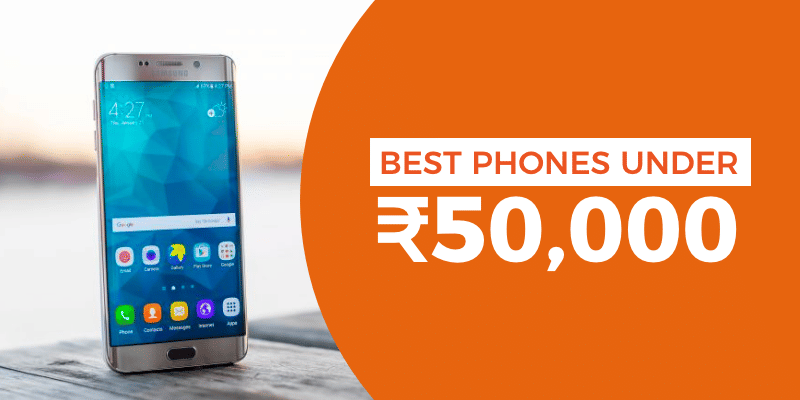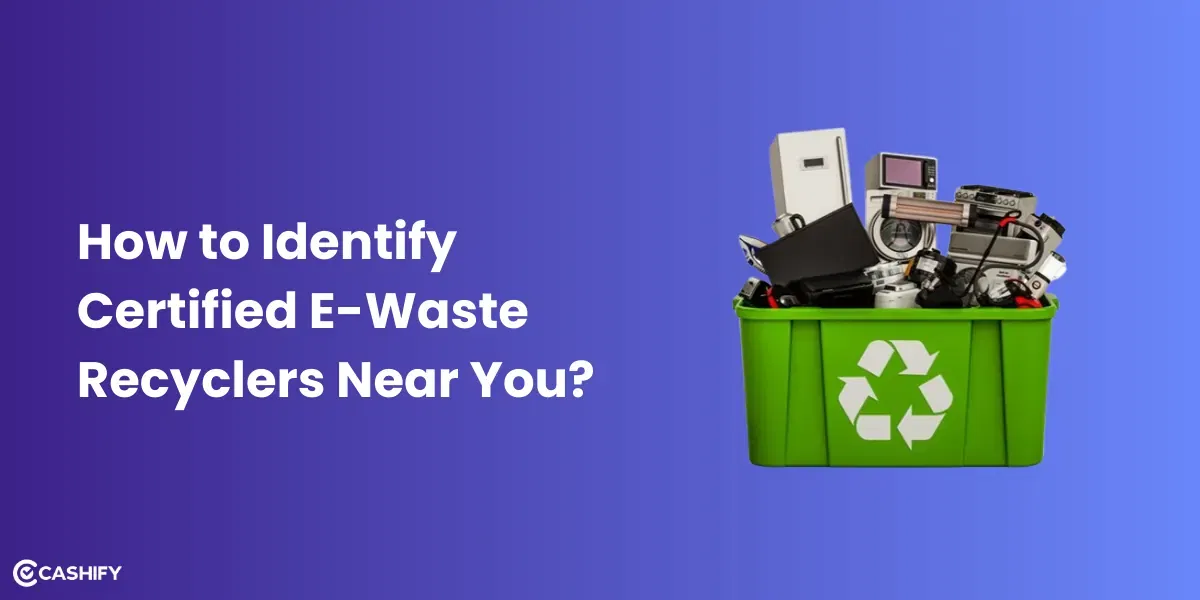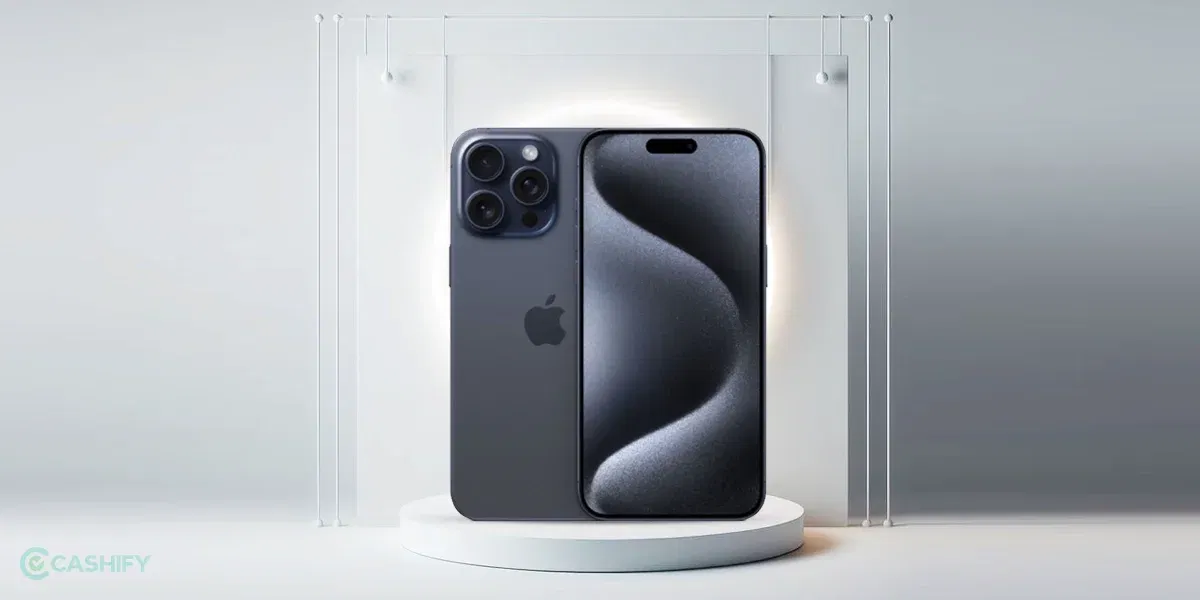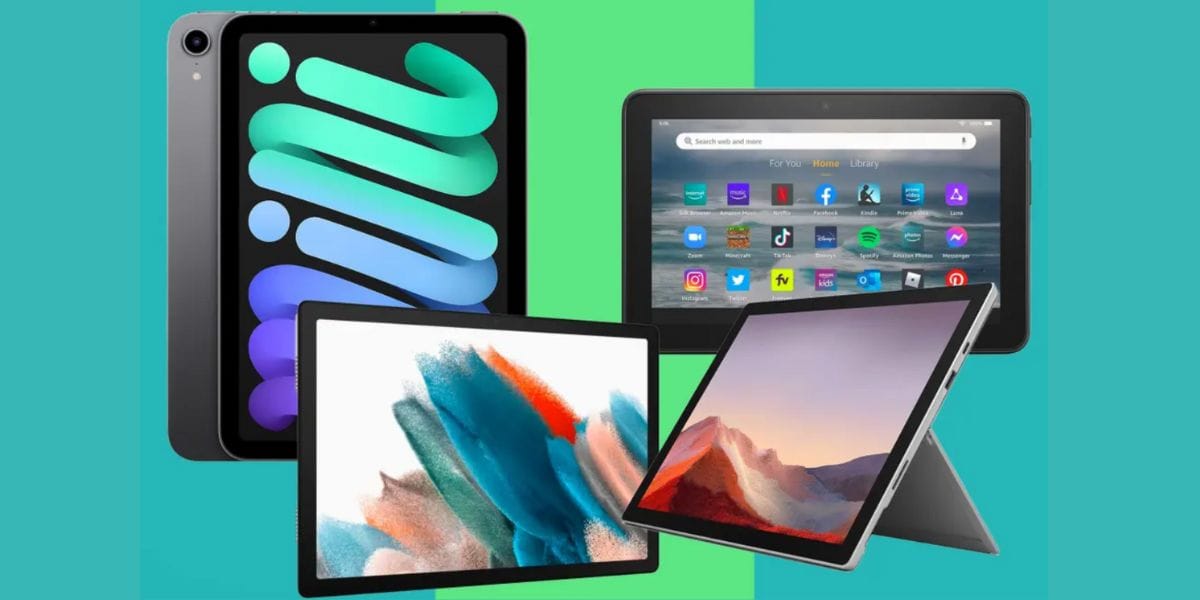In a VR Gadget game, you eat. Again, the meal is making your mouth water. This time you’re not disappointed. So you approach the feast and taste the flavours. It involves moving your jaw and tasting food. Food-free virtual food experiments use electronics to simulate the taste and sensation of food. This technology may help people on special diets or with health issues which cannot eat in real life.
It’s been done before on animals. For example, the NUS’s Dr Nimesha Ranasinghe previously developed a “digital lollipop” that simulates various flavours and an electrode-enhanced spoon. For some reason, electrical stimulation failed to affect sweetness. But digitising this flavour may help people avoid sugary foods and drinks.
Also Read:
World No Tobacco Day: Try This “Quit Tobacco” App By WHO
With the help of Ellen Yi-Luen Do, Ranasinghe began testing heat. Their new research mimics the taste of deliciousness on the tongue. A thermoelectric device on the tongue heats or cools thermally sensitive neurons that contribute to taste sensory coding.
First, nearly half of those polled got it. Added spiciness (around 35 °C) and minty flavour (approximately 18 °C). They envision a technology that sweetens low-sugar liquids.
The texture is as important as taste when it comes to eating. So to demonstrate the device’s ability to chew food, a University of Tokyo team used electricity this week. Arinobu Niijima and Takefumi Ogawa’s Electric Food Texture System use electrodes to chew food, but not on the tongue. “There is no food in the mouth, but users feel chewing,” Niijima adds.
Also Read:
Check These Best Websites For Freelancers To Double Your Earning
They used a higher frequency and a longer electric pulse to simulate a stricter texture. That’s how Niijima describes their technique.
Read More About VR Gadget!
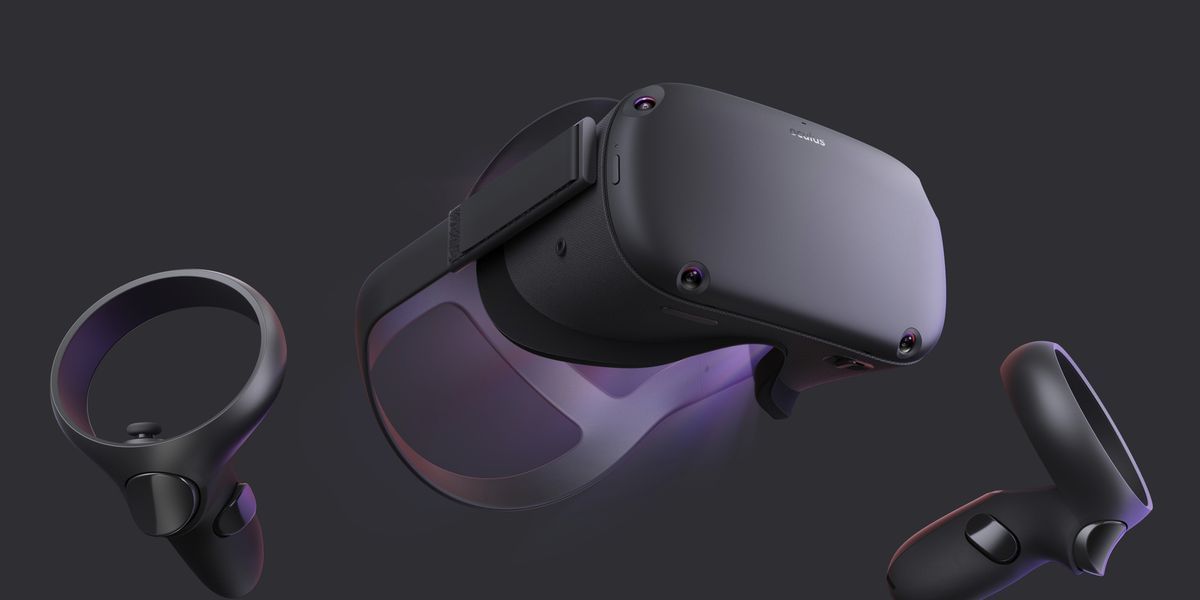
This technology may also help modify food texture. For example, electrodes were eaten by UIST volunteers. Ranasinghe claims the mechanism made the cookies chewier, like gummi bears.
Both initiatives are experimental but aim to help those with special dietary needs or health issues. “Weak jaws, allergies, or diet” cause eating issues, says Niijima. “We want them to eat and live.”
In the future, the team hopes to target more jaw muscles and combine electrical stimulation with other sensory inputs like chewing sounds.
Singapur hospital plans to use electrode-enhanced spoons to reduce salt intake in elderly patients. But, says Ranasinghe, A salty diet can cause health issues like hypertension. So instead, the scoop is electronic salt.
Also Read:
6 Best Smart Bands Under 2000 In India For Fitness Under A Budget
An all-in-one virtual reality headgear with these technologies may allow for multimodal eating. Immersion, says Ranasinghe, is the main benefit. For example, an astronaut may don a helmet and sip virtual coffee while viewing Earth.


